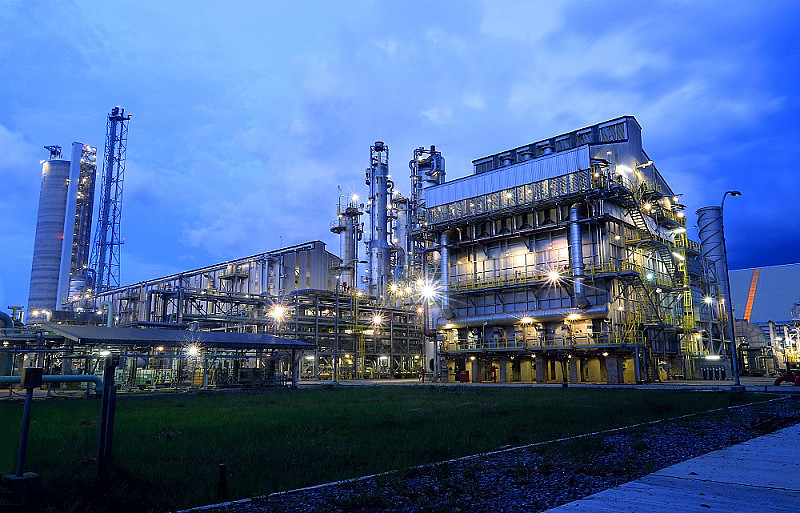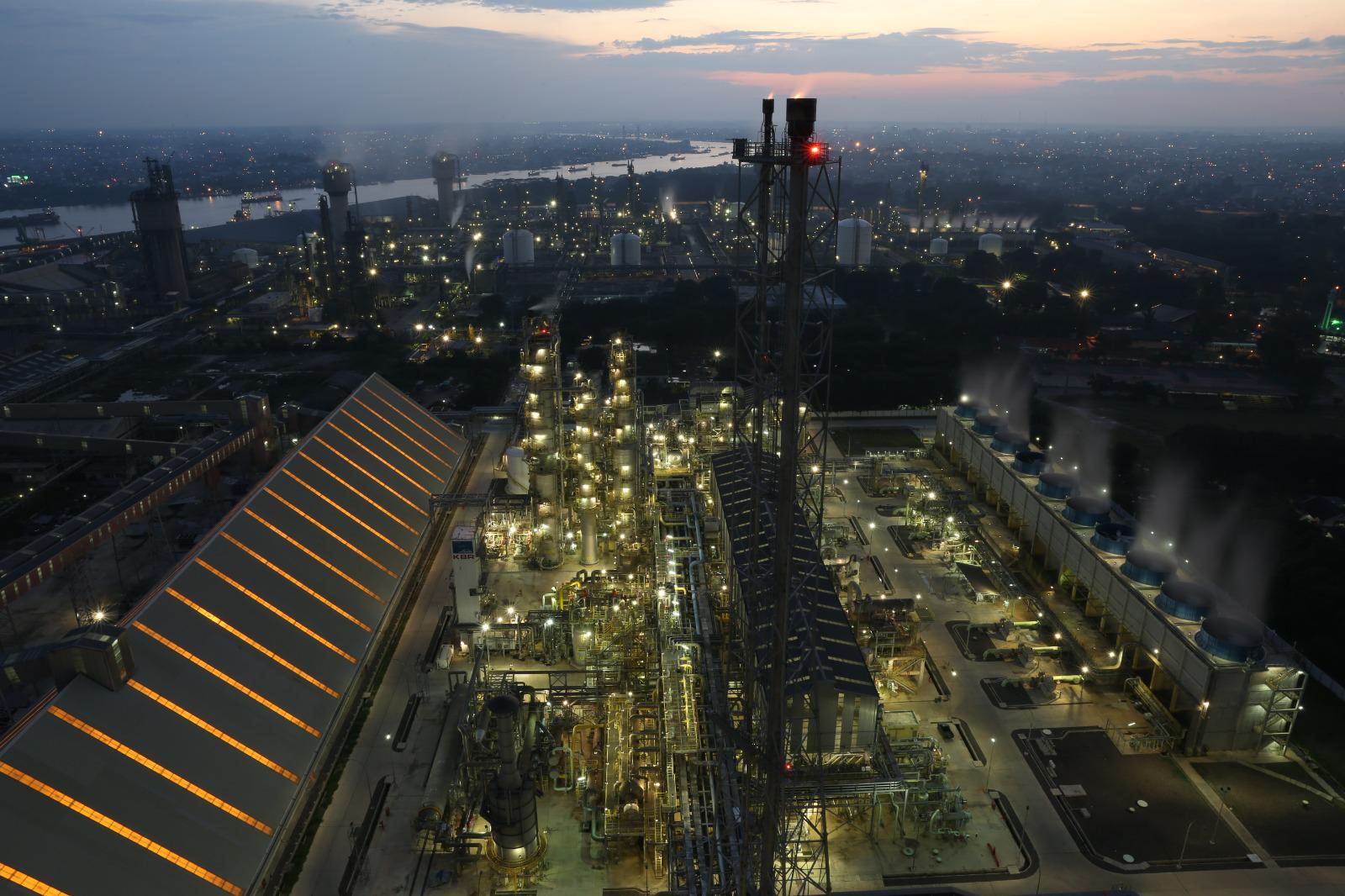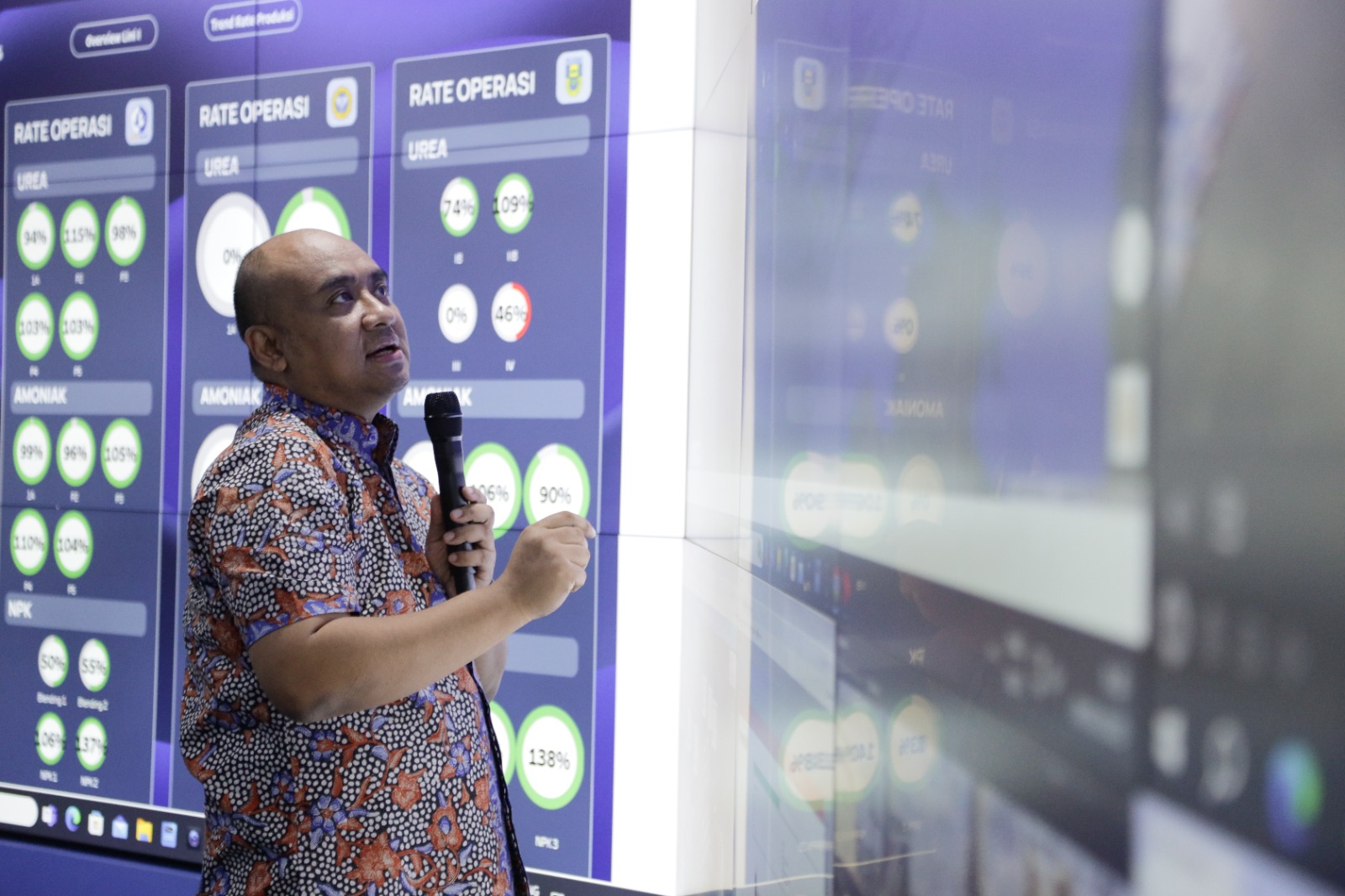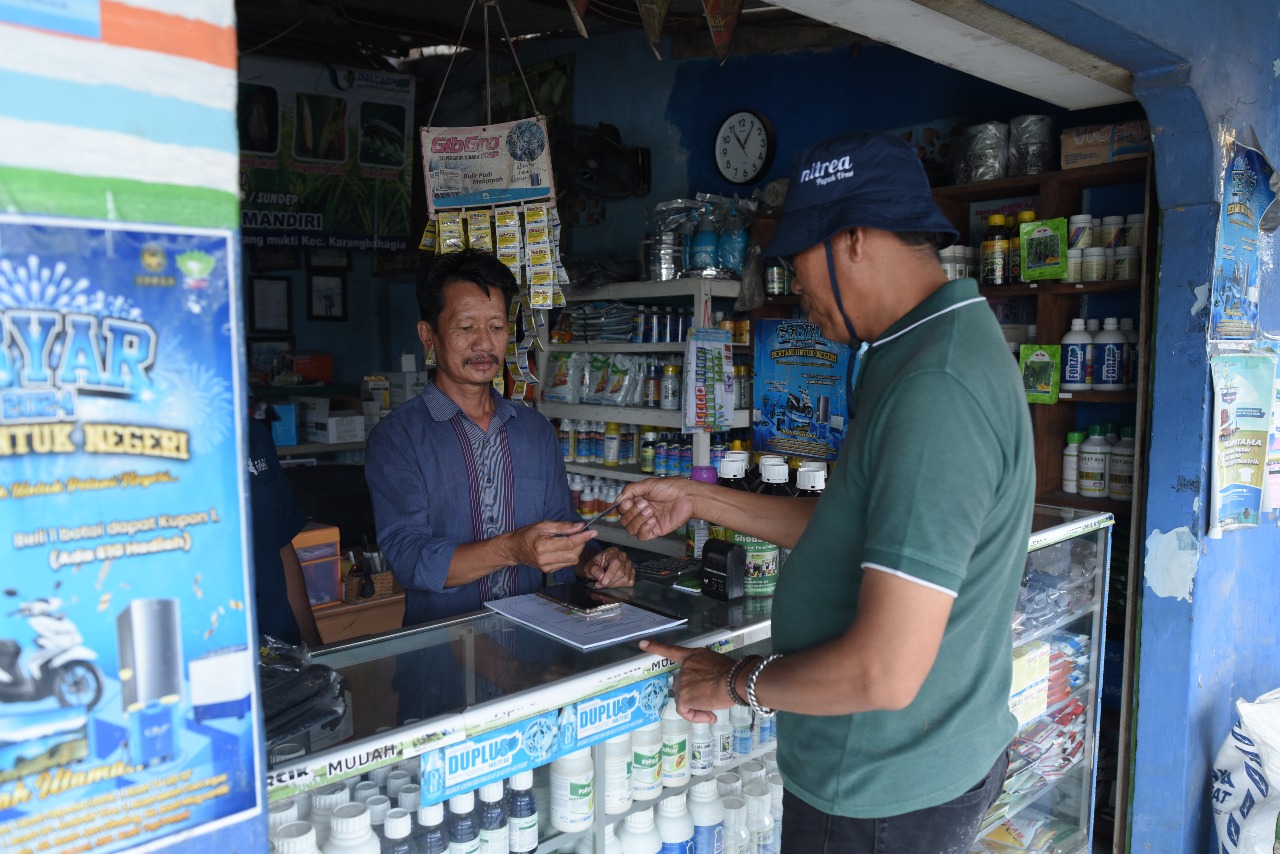Insentif Gas Murah Tingkatkan Produksi Dan Efisiensi Industri Pupuk Nasional

JAKARTA (4/2) - Sekretaris Jenderal Asosiasi Produsen Pupuk Indonesia (APPI), Achmad Tossin Sutawikara, menyebutkan bahwa implementasi harga gas bumi tertentu (HGBT) sebesar US$ 6 per juta Britis thermal unit (mmbtu) memiliki dampak positif pada kinerja produsen pupuk. Menurutnya, produksi pupuk nasional konsisten meningkat bahkan di tengah dampak pandemi Covid-19.
“Produksi kami naik sejak tahun 2017, sampai sekarang. Peningkatannya cukup signifikan.” jelas Tossin.
Lebih lanjut Tossin juga menyebutkan bahwa implementasi HGBT atau penyaluran gas murah, khususnya kepada industri pupuk, sejak tahun 2020 relatif berjalan lancar kepada lima anggota APPI. Diantaranya Pupuk Kaltim, Petrokimia Gresik, Pupuk Kujang, Pupuk Iskandar Muda, dan Pupuk Sriwidjadja.
Walaupun sesekali mengalami penurunan tekanan gas di waktu tertentu, namun tidak berdampak signifikan pada proses produksi pupuk secara keseluruhan. “Misal ke Petrokimia tekanan gasnya turun, tapi kemudian normal kembali. Artinya, HGBT sangat membantu capaian produksi,” kata Tossin.
Senada, Direktur Portofolio & Pengembangan Usaha PT Pupuk Indonesia (Persero) Jamsaton Nababan menyebutkan kebijakan gas murah atau HGBT juga berhasil meningkatkan efisiensi industri pupuk. Menurutnya, produksi pupuk dan non-pupuk di lingkungan Pupuk Indonesia grup naik dalam dua tahun terakhir.
“Sebelum dapat insentif gas murah produksi kami sekitar 18,91 juta ton pada 2019. Setelah dapat insentif, produksi naik sekitar 600 ribu ton menjadi 19,51 juta ton pada tahun 2021,” kata Jamsaton, Jumat (3/2/2023).
Peningkatan produksi tersebut, lanjutnya, merupakan hasil dari efisiensi yang dilakukan pada pabrik eksisting. Efisiensi dilakukan dengan mengganti pabrik tua yang boros dalam konsumsi gas dengan pabrik baru yang lebih efisien dalam konsumsi gas. Sehingga dengan volume konsumsi gas yang sama pabrik dapat memiliki kemampuan produksi yang lebih banyak.
Selain efisiensi terhadap pabrik eksisting, Pupuk Indonesia juga akan menambah kapasitas dengan pengoperasian pabrik baru. Dalam waktu dekat, Pupuk Indonesia akan meresmikan pabrik pupuk NPK PT Pupuk Iskandar Muda (PIM) di Lhokseumawe, Aceh, dengan kapasitas produksi 500 ribu ton per tahun.
Selain itu, juga proyek pabrik pupuk Pusri 3B dengan kapasitas produksi pupuk urea 907.500 ton per tahun. Pabrik ini akan menggantikan pabrik pupuk Pusri 3 dan 4 yang sudah kurang efisien konsumsi gasnya. Saat ini, proyek Pusri 3B masih dalam tahan evaluasi biding dokumen peserta tender dan diharapkan selesai pada pertengahan tahun 2023.
Kemudian ada juga rencana pengembangan kawasan industri pupuk di Kabupaten Fakfak, Papua Barat, yang merupakan salah satu Proyek Strategis Nasional (PSN) dengan kapasitas produksi pupuk urea sebesar 1,15 juta ton. Proyek ini sekaligus dapat menjadi proyek grass root dalam meningkatkan perekonomian masyarakat di Papua.
“Jadi hitungan kita kalau sekarang kapasitas produksi kita 13,97 juta ton, maka pada tahun 2030 setelah proyek tadi selesai akan menjadi 16,87 juta ton, atau naik sekitar 3 juta ton,” ungkap Jamsaton.
Adapun terkait harga pupuk yang mahal, Jamsaton menyebutkan bahwa hal tersebut merupakan dampak perang Rusia-Ukraina. Karena Rusia merupakan produsen dan pemasok bahan baku pupuk dunia.
“Gara-gara perang semua bahan baku diembargo, termasuk fosfat dan potassium. Jadi bukan hanya soal harga, tapi bahan bakunya yang tidak ada di pasar,” jelas Jamsaton.







